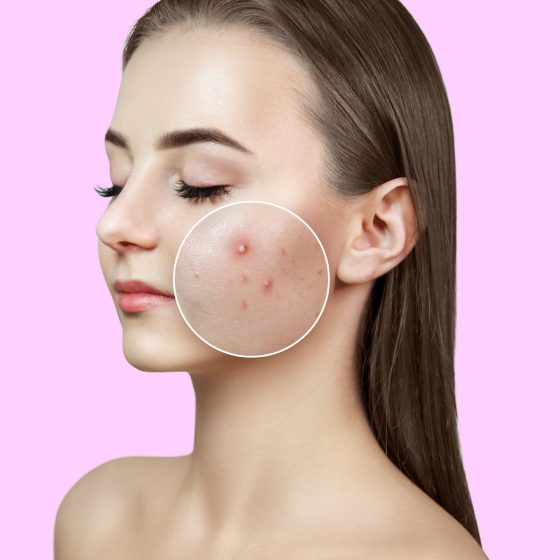Genetic Skin Disorders
Neurofibromatosis Type 1 (NF1) (von Recklinghausen disease) This is a complex multi-system disorder, caused by loss of protein Neurofibromin needed in many cells– An autosomal dominant condition which is caused by a mutation/deletion of NF-1 gene on Chromosome 17 Skin features:>5 Café au lait marks >1.5cm diameter (uniformly pigmented brown macules)– Due to a collection of pigment producing melanocytes in the epidermis of the skin– Freckles found in the axilla and groin region– Peripheral neurofibromas Other Organs:– Spine –> Scoliosis– Eye –> Lisch nodules (dome shaped gelatinous masses on iris surface)– Endocrine –> Pheochromocytoma (adrenaline secreting tumour of the chromaffin

